By Jerome Baldwin
After years of social upheaval, political unrest, and violence, Spain erupted into all-out civil war on July 18, 1936, when General Francisco Franco led a junta of right-wing army officers in a revolt against the democratically elected government of the Spanish Republic. Since 1931, when King Alphonso XIII abdicated his throne, waves of reforms by the Republican government had drastically reduced the immense power and wealth held by the landowners, the military, and the Roman Catholic Church. Franco’s cabal wanted to stop the changes taking place in Spain. After the revolt began in Morocco, Franco expected a swift victory. He was wrong.
The International Brigades
The world’s eyes were riveted on Spain. Many considered the Spanish war to be the forerunner of an inevitable worldwide conflict between the forces of fascism and democracy. Nazi Germany and Fascist Italy, eager to establish another fascist state in Europe, saw an opportunity in Spain to test new weapons in battle and train their men for war. They immediately began sending guns, tanks, soldiers, and other aid to Franco’s Nationalists. Meanwhile, the western democracies followed a cautious policy of appeasement and refused to send aid to the beleaguered democracy. The Soviet Union, however, was not so squeamish. The Soviets sent war matériel and advisers to the Republicans, and ordered all Communist parties worldwide to begin recruiting volunteers to fight for the Spanish Republic.
Canada was fertile ground for such recruitment. Like all western countries, the North American nation had been hard-hit by the Great Depression, and a number of Canadians looked for alternative forms of government to deal with the crisis. Within months of the war’s outbreak, Canadian volunteers were making the exhausting and perilous trek over the Pyrenees from France or arriving in Spain by boat to join other International Brigades already fighting there.
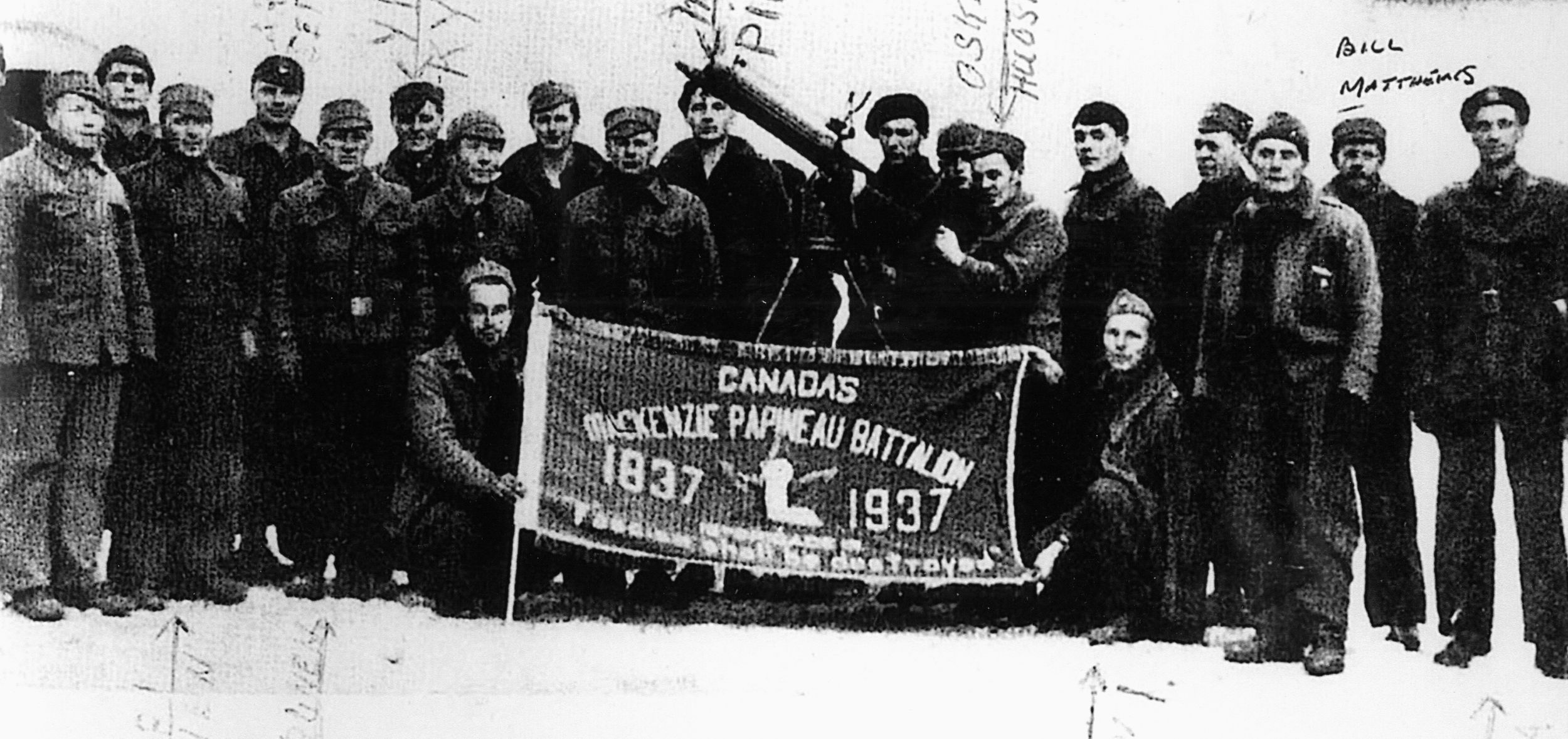
The International Brigades were headquartered at Albacete, where they gained the world’s attention and admiration during the heroic defense of Madrid in the autumn of 1936. Against all odds, the Republican Army, Internationals, and militia forces stopped the Nationalist attack and saved the capital city from imminent capture. The Internationals fought magnificently; so well in fact that the Hungarian-born commander of the International Brigades, Red Army veteran Emil Kleber, was toppled from command by jealous Spanish officers. Armed with a polyglot collection of weapons and clad in makeshift uniforms and different types of headgear, the ragtag soldiers proved from the outset of the war that they were a force to be reckoned with.
There were five International Brigades by the spring of 1937, numbered XI to XV, the last of which became known as “the English-speaking brigade” and was commanded by Vladimir Copic, another Red Army veteran. It comprised the British Battalion, the 24th Battalion of the Republican Army, the Dimitrovs (a Slavic battalion), and the Abraham Lincoln Battalion, under the command of Captain Robert Merriman. Comprising Americans, Canadians, Cubans, and some Irish, the Abraham Lincoln Battalion was the unit to which most Canadians were assigned at the beginning of 1937, although a number were to be found in other battalions as well as in the Republican Army, serving in tank crews, gun batteries, and support units. In all, Canada provided close to 1,600 volunteers for Spain—more than any other country, in proportion to its population, except France.
“Mac Paps” Battalion
During the first half of 1937, the Canadians proved themselves worthy fighters, fighting with the Lincolns at the Battle of the Jarama River, where the Nationalists tried to cut the Madrid-Valencia highway. In March, the George Washington Battalion was formed entirely of North Americans; the following summer it would merge with the Lincolns. By early April 1937, another battalion made up of Americans, Canadians, and Spanish had also been created. Names for the battalion such as Patrick Henry and Thomas Paine were discussed, but in July it became the Mackenzie-Papineau Battalion. The name came from two 19th-century Canadian revolutionaries, William Lyon Mackenzie and Louis Joseph Papineau, who had agitated for democratic reforms in the rebellion of 1837.
By early June the Canadians, who now had considerable numbers in the Lincoln and Washington battalions, were clamoring for their own battalion. Canadian sections already had been formed in both battalions, and some of the officers were Canadian, such as Edward C. Smith, the No. 3 Company commander in the Washingtons. Canadian volunteer Ronald Liversedge, a veteran of World War I, approached Merriman with a request to form a battalion. Merriman offered a compromise—a Canadian company within the Lincolns, to be called the Mackenzie-Papineau Company, with Liversedge in command.
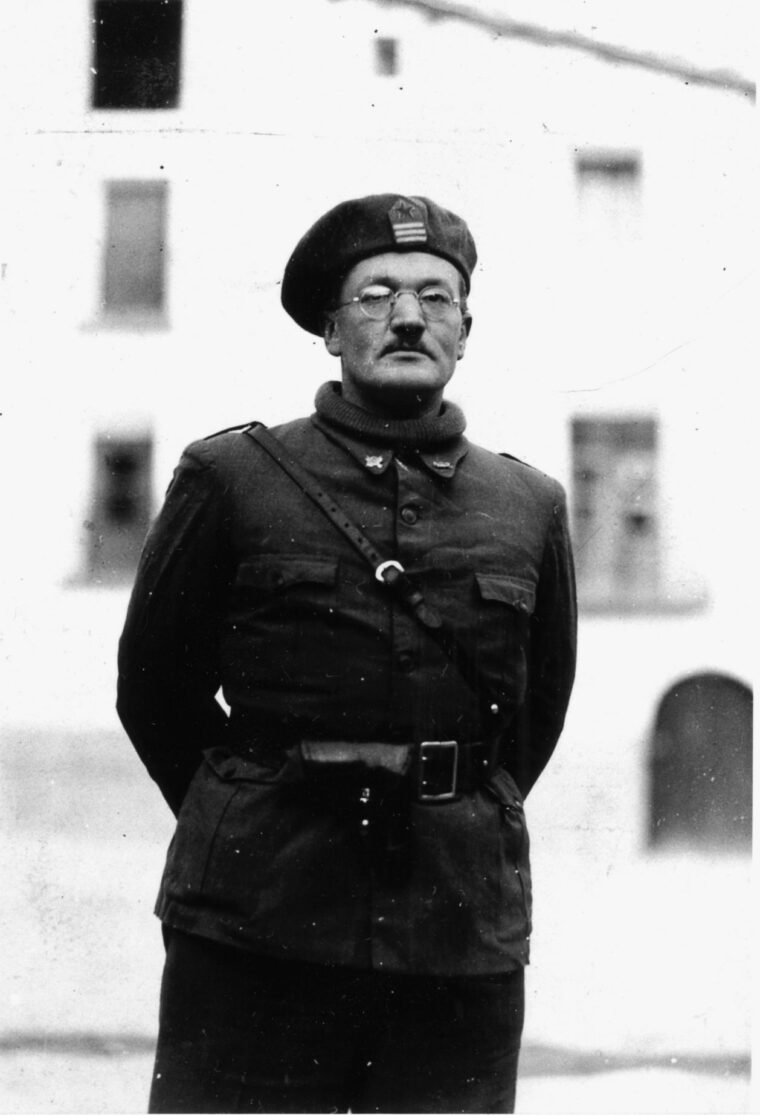
The company was never formed, but a power struggle between the British and the Americans within the English-speaking brigade provided another chance. Both sides courted the support of the Canadians, resulting in the Canadians winning an important concession—their own battalion. The decision did not become official until the arrival of Alan Dowd, Canadian Communist Party official, in late June 1937. Dowd addressed the unnamed battalion, delivering a rousing speech in which he spoke of Canada’s honored past and endorsed the creation of a Canadian battalion. A few days later, the battalion voted to take the name of the Mackenzie-Papineau Battalion. On July 1, 1937, the “Mac Paps” came into being.
A Bloody First Battle
The first months were spent training and organizing. While their comrades in the XV Brigade were heavily engaged at Brunete and in the Aragon region, the Mac Paps were lucky enough to receive advanced training from combat veterans, something earlier battalions never received. Most of the Mac Paps were Americans at the beginning, outnumbering their Canadian comrades by 3-to-1. Only one officer, Nilo Makela, the future Mac Pap Machine-Gun Company commander, was a Canadian. As more Canadian volunteers arrived in Spain, the percentage of Americans in the Mac Paps dropped, but their value to the battalion and their bravery never diminished. Robert Thompson, the future leader of the Communist Party of the USA, succeeded Merriman as commander of the battalion. A capable leader who was to achieve an exemplary combat record in World War II, the young American would lead the battalion in its first battle.
Toward the end of September 1937, the Mac Paps arrived at the front, in the Aragon sector, where an offensive begun the previous month had proved costly for the XV Brigade. After two weeks spent patrolling in relatively quiet areas, they moved with the rest of the brigade to the outskirts of enemy-held Fuentes de Ebro. Taking over some trenches from Spanish infantry, the Canadians were ordered to take the town—no easy task since close to a mile of open ground lay between them and the Nationalist trenches.
The attack opened on the morning of October 13, and from the outset things went awry. The plan called for softening up the Nationalist positions by aerial bombardment, followed by an armored assault, with the infantry advancing alongside the tanks. The aerial bombardment was pitifully weak; only a fraction of planes expected by the Internationals took part in the bombing. Timing was all-important, with the tanks slated to move ahead immediately after the planes had left, but there was no sign of them for 90 minutes, during which time the Canadians could clearly see the Fascists remanning their trenches after the planes had gone. At last the Mac Paps began to hear the rumble of engines and clatter of tanks behind them. What followed was a disaster.
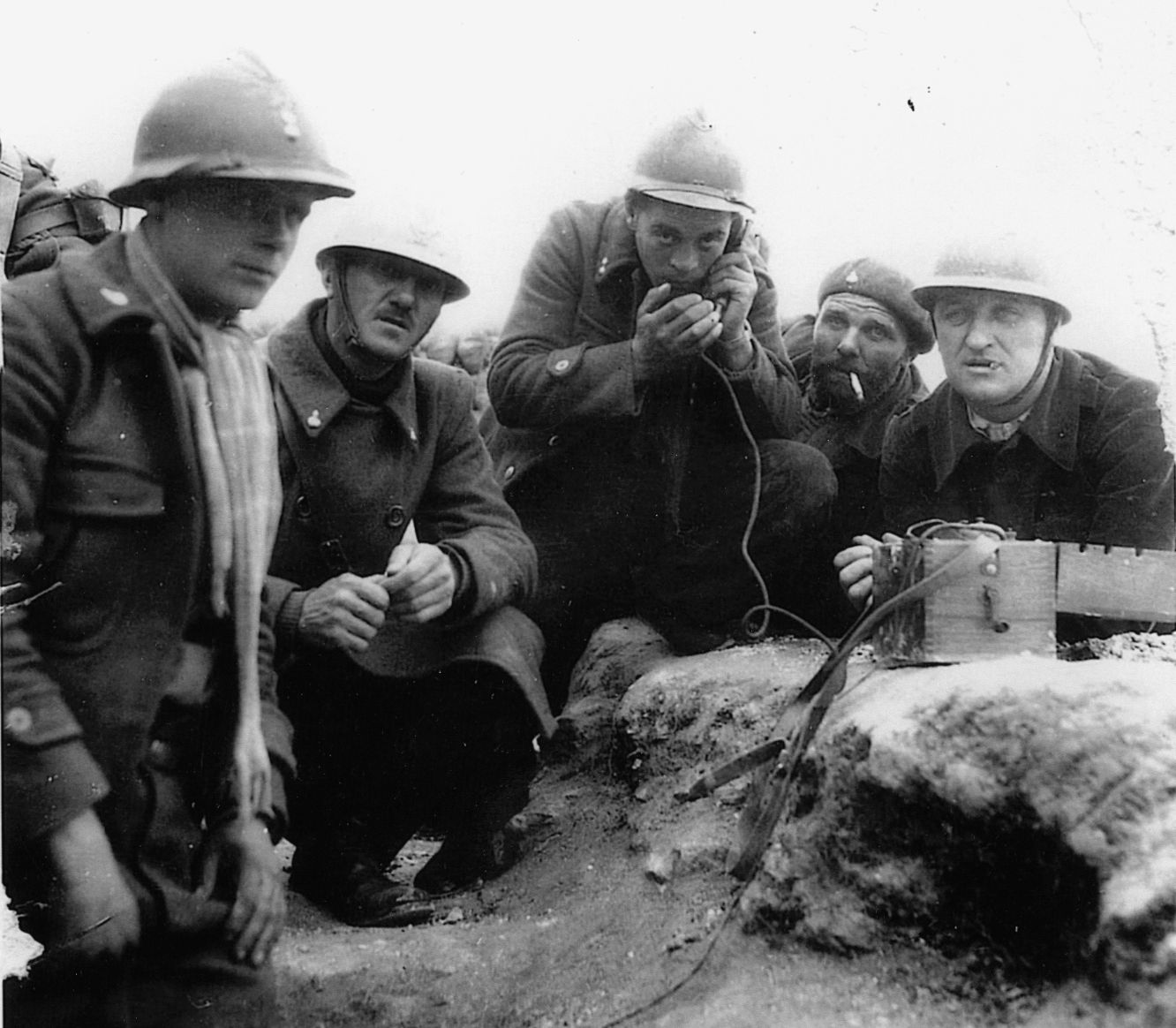
The tanks roared through the Mac Pap trenches, crushing parapets and two men. Soldiers of the 24th Battalion were riding the tanks, and some of them, their nerves keyed up, accidentally fired into the Mac Pap ranks as they passed. There was no way for the infantry to keep pace with the tanks, which lumbered ahead at a pace of nearly 19 miles per hour before encountering devastating enemy antitank fire. The men riding on the outside of the tanks did not have a chance; all were killed or wounded. As the Nationalists poured a murderous fire into the Mac Paps, the men desperately dug at the earth for cover or broke for a ridge 100 yards away.
Those who survived the initial fire were driven to the left, where they found shelter in some abandoned trenches. From there the Canadians could watch the ensuing carnage. The Mac Paps, the Lincolns, and the British were being cut down as if by a titanic scythe under the machine-gun fire. By 4 pm it was all over; the attack had been bloodily repulsed. Republican survivors lying on the field were forced to remain there, feigning death, until they could crawl back to their trenches after nightfall.
Their first action had been a costly failure, with the Canadians losing 60 dead and close to 200 wounded. Morale, however, remained high. They left the line on November 1; soon afterward, Edward C. Smith took command of the battalion. Smith, a journalist from Toronto, was reputed to have been a soldier of fortune in South America. He had already been wounded at Brunete.
Fighting Fascists at Teruel
Realizing that Franco would almost certainly attack Madrid again before the year was out, the Republicans mounted an offensive on December 15, 1937, to draw Nationalist divisions away from the threatened Spanish capital. The offensive was intended to be an all-Spanish operation, but the Internationals were called into action at the end of the month. The XV Brigade left its reserve position east of Madrid at Mas de las Matas on the night of December 31 for a perilous, nine-hour journey in trucks over ice-covered mountain roads. Several vehicles plunged over the cliff, killing or injuring many brigade members before they reached the town of Argente, which guarded the vital Teruel-Rudilla Highway. For the next 10 days there was no action except for patrolling. The terrible cold was the worst enemy; it was the coldest region in Spain and the worst winter in 20 years. Many of the brigadiers were ill-prepared for the freezing temperatures, and the cold wind cut through their thin clothing, inflicting several cases of frostbite.
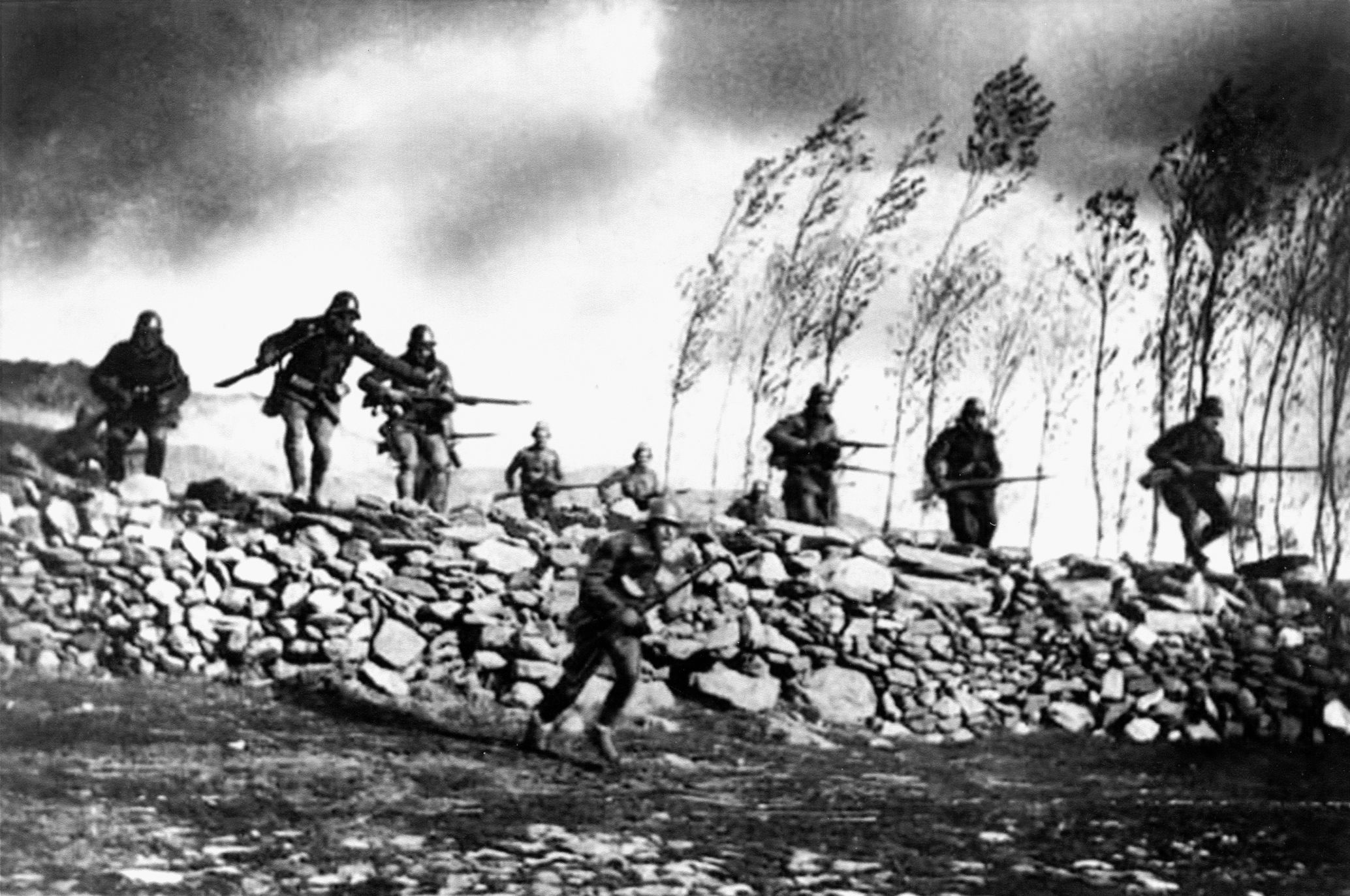
The city of Teruel was strategically important because it blocked Franco’s path to the Mediterranean coast. The XV Brigade was ordered to defend it, taking position on the night of January 14-15, 1938. The Lincolns were posted on the outskirts of Teruel itself, with the Mac Pap positions to their north, forming an arc from the heights of La Muela, northwest across the valley floor, to the Canadian No. 3 Company on the right flank, with a company of Spanish marines to their right. Beyond the marines to the west, the superb Thaelmann Battalion, composed of German Communists, held the high ground of El Muleton, while the British took up positions on Santa Barbara Hill, behind the Canadians.
The Fascists struck hard on January 17. Sixty thousand Nationalist troops attacked between Celades and Teruel, striking the Thaelmanns on El Muleton. British antitank guns, firing over the heads of the Canadians, hit the enemy trenches in front of the Mac Paps, which saved them from being attacked first. The tough Thaelmanns stopped the Fascists, who regrouped before attacking No. 3 Company and the Spanish marines. Once again the British guns covered the Canadians, breaking up wave after wave of attacks while the Canadians and the marines poured a withering fire into the flag-waving enemy soldiers. The Fascists pulled back.
Although they had been hurled back with heavy casualties, the Fascists mistakenly believed that the Mac Paps and the Spanish marines had withdrawn. In an attempt to drive around the rear of the Canadians and into Teruel, two squadrons of Moorish cavalry rode past El Muleton, between the Mac Paps and the British. Mac Pap headquarters was located in a railroad tunnel directly in the path of the oncoming horsemen. When they closed in, Captain Smith gathered his force around him and quickly ordered three heavy machine guns into action, stopping the Fascist charge cold in a maelstrom of screaming horses and falling men. Survivors had no choice but to run the gauntlet of fire from the Canadians and British as they beat a hasty retreat.
The next day, the Thaelmanns on El Muleton were driven off. The Canadians received some reinforcements from the Lincolns, and on the 19th they and the Spanish marines were pounded in turn by enemy artillery prior to another attack. Company No. 3 commander Lionel Edwards managed to extend his right flank by capturing a small hill, taking 30 prisoners and four machine guns, but after two days of intense fighting, he could hold out no longer. Edwards recalled: “The end had to come. Mechanized might and overpowering numbers finally told. Our machine guns were all blown to pieces, we were under fire from nearly every side, and no more reinforcements could reach us as the hill to our right had been taken. There was only a handful of us left and our only arms were rifles. We had to make a decision. It was time for retreat. Carrying a wounded man, five of us, the last of the living, stumbled out to make a run for it. One of us was killed and with him the wounded man. We four finally made it. We took up a position well to the rear of the hill and waited for the enemy to take over, but we waited a long time. He was taking no chances that some of us might still be there. But he occupied the hill at last, and with that ended the defense of outer Teruel.”
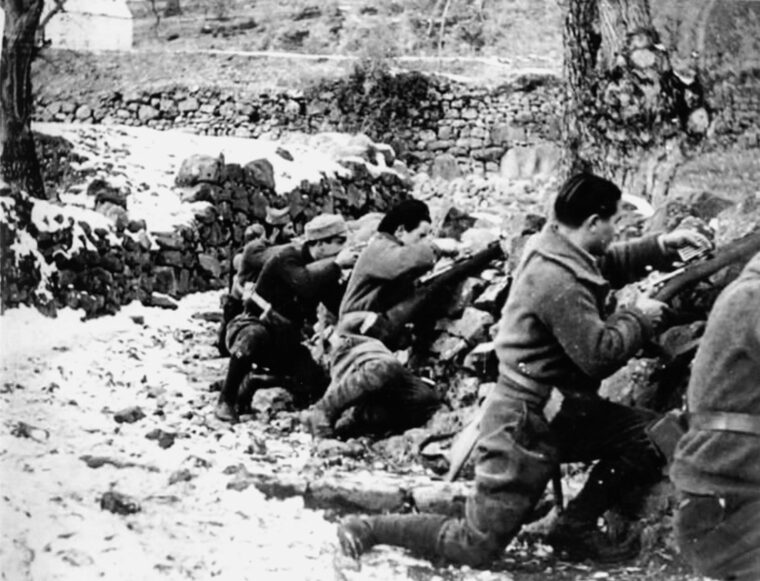
High Cost of Defeat
The fighting died down at this point; another Fascist frontal assault, three days later, was easily repulsed. The XV Brigade left the line on February 3 and headed for a period of rest in Valencia. Word came soon of another Nationalist offensive launched in the north, in the Celades region. Battle-weary though it was, the brigade was ordered to march 47 miles north of Teruel to Seguro de los Banos, where the Mac Paps were to capture Atalaya Hill while the Lincolns took Sierra Pedigrossa farther south. Guided by peasants through the teeth of sleet and a raging snowstorm, the Mac Paps cut the barbed wire around the base of the hill and took the defenders by surprise, carrying their objective with few casualties. They took close to 100 Fascist prisoners, along with food, ammunition, and guns, but the next hill to the south proved a tougher nut to crack. Eventually it was bypassed, and the Canadians worked their way south to link up with the Lincolns and the British in time to stop several Fascist counterattacks over the next two days.
On the 19th, the brigadiers moved back south of Teruel to kilometer 19. Before they left the front, Juan Modesto, commander of the Republican V Army Corps, arrived to present promotions and decorations to Mac Pap and British battalion commanders. Two of the promotions were for Mac Pap commander Edward Smith, who became a major, and Lionel Edwards, who rose to captain.
The offensive around Teruel cost the Republican cause more than it could stand. The losses in aircraft and equipment could not be replaced, and with the fall of Teruel, Franco’s last obstacle to driving through to the sea and cutting Republican Spain in two was gone. Morale remained high, but defeat was looming on the horizon for the Spanish Republic.
“The Retreats”
The relentless Franco lost no time in striking. On March 9, a massive Nationalist offensive opened that threw back the Republicans in retreat. For the rest of March, the retreat was orderly, but discipline soon began to crack under the onslaught. Fast-moving enemy armor relentlessly raced past the Republicans, getting around their flanks, cutting them off, and forcing them to change direction repeatedly, while panicked Republican soldiers retreating in vehicles would shout to their weary and demoralized comrades, trudging rearward on foot, that the Fascists were right behind them.
After April 1, the retreat became a rout. Alone or in small groups, Republican soldiers and Internationals tried to evade Fascist patrols and aircraft to make it safely across the Ebro River to Mora de Ebro and safety. Nilo Makela, the Canadian Machine-Gun Company commander, was one of those who did not make it, being killed in action along the way. Neither did the most influential American volunteer in Spain, Robert Merriman. The unfortunate brigade chief of staff was captured and shot. For weeks, the wounded emerged from hiding and came in bedraggled, hungry, and dazed by their ordeal.
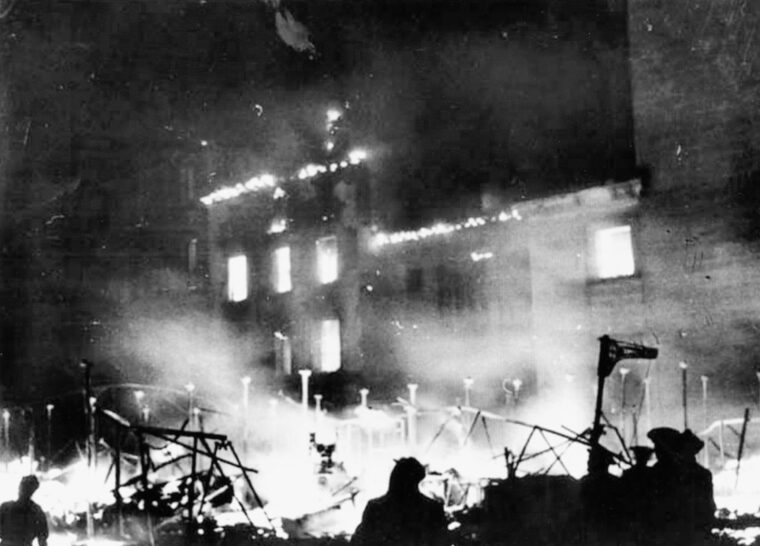
The chaotic time became known collectively as “the Retreats”; for months afterward, the shattered battalions struggled to reconstitute themselves. Losses had been staggering; only 20 Mac Paps assembled at Mora la Nueva, near Mora de Ebro. Increasingly, the ranks of the International Brigades were filled by adolescent and largely unmotivated Spanish soldiers whose fighting ability was highly suspect.
The Battle of the Ebro
Overall, the situation was grim for the Spanish Republic. The Nationalists reached the Mediterranean coast at Viranoz on April 15, cutting Spain in two. Shortages in men, guns, tanks, and other war matériel were becoming critical. While Franco continued to receive everything he needed from Hitler and Mussolini (even his own officers admitted that Nationalist success depended on foreign aid), the Republican cause was short of everything needed to stay in the fight. In spite of it all, the Republicans still vainly hoped to pluck victory from the jaws of defeat. In a last desperate gamble to convince the Western democracies to come to the aid of the dying democracy, the Republicans shocked the world by mounting an offensive across the Ebro on July 25, 1938, a last-ditch campaign that became known as the Battle of the Ebro.
The Mac Paps crossed the Ebro River between Flix and Asco in the early morning hours of the 25th, after German scouts had killed enemy sentries on the far shore. The Canadians were the first XV Brigade battalion to cross. Lionel Edwards, who would suffer a wound during the battle that would put him out of the war, remembered that the men “didn’t know the battle order but it must have been to cross over and go as far as you bloody well could.” The next morning they formed up and came under mortar fire, but still managed to drive off a circling enemy plane.
After quickly capturing Flix and Asco, the battalion pushed inland toward Corbera. Lawrence Cane, an American volunteer and executive officer of the Mac Pap Machine-Gun Company, rode ahead with his men on some horses captured from the Fascists to reach the enemy supply depot. The rest of the Mac Paps followed, viewing evidence of a hasty enemy departure as they marched. Discarded equipment littered the roadside and civilians told the Internationals of the Fascist retreat. Reaching Corbera the next morning at dawn, the Mac Paps found the enemy had indeed gone—only Cane’s “cavalry” and civilians were there. Helping themselves to some much-needed equipment and food from the enemy depot, the Canadians left the rest for civilians to take.
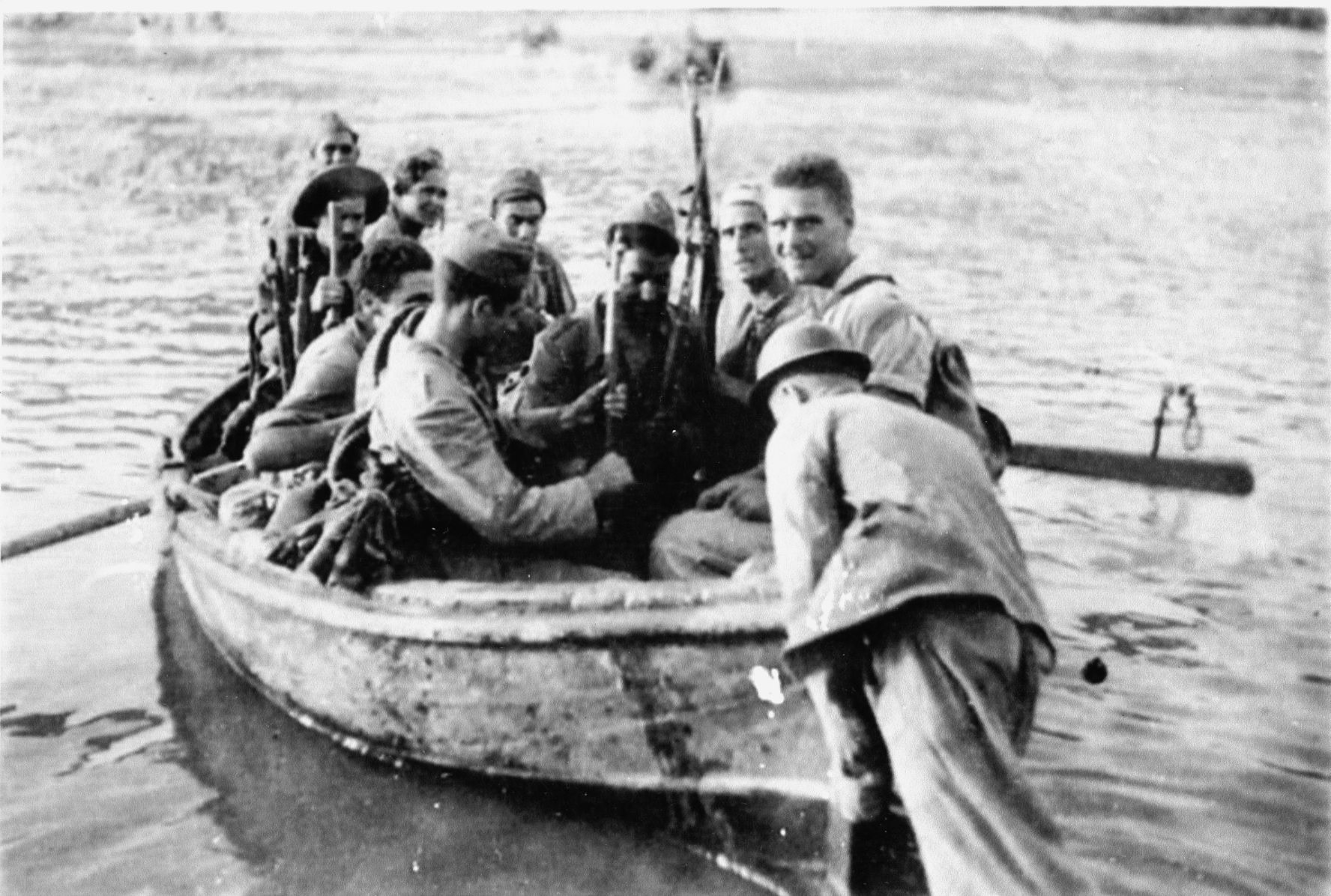
Pushing on, the Mac Paps took their post in a two-brigade wide assault line described by Cane as “something like a scene from a war movie.” Intense enemy fire from the surrounding hills brought the Internationals to a halt just outside the town, although one Mac Pap patrol managed to reach the town’s stone marker. They could go no farther. For the next four days, the XV Brigade mounted charge after charge. While the British assaulted Hill 481, known as the Pimple, other battalions tried to take Gandesa. Each attack was shattered by furious Fascist air and artillery strikes. The Mac Paps in No. 2 Company became some of the first soldiers to witness the new and soon to be dreaded German 88mm gun in action; three Republican tanks passed through their position and were turned into blazing hulks.
The Mountain of the Moon
After 10 days of attacks, neither the town nor the Pimple had been taken, and the XV Brigade withdrew into reserve until August 15, when it was ordered to the Sierra de Pandols, the Mountains of the Moon. This was the worst position ever taken by the Mac Paps, a desolate area scarred by war, covered with bodies, and reeking of death. Cane recalled: “Most of the area was bare rocks. Some hard jack-pine and mountain scrub covering the crests had been burned off by bombs and shells. The whole piece was blackened, evil-looking and stunk chokingly of death since the dead could not be buried. The bodies were of both Republican and Fascist dead, and we had to drag and carry them back to the firing position where they lay in stinking, wormy and fly-ridden piles all the time we were there. It was impossible to dig in, and gun positions were prepared by painstakingly filling sandbags with rocks and chips. There was no water. The only route into our positions was a precarious mountain trail up the face of a cliff that dropped into a frightening ravine. All we did in the Pandols was endure and hold.”
The Canadians were on Hill 609, with the Lincolns to the right on Hill 666, the 24th Battalion beyond the Lincolns, and the British in reserve. For the next 10 days, the XV Brigade reeled under the heaviest enemy mortar and artillery barrage of the war, which reduced the Mac Paps to half strength and killed two company commanders. Relieved by a Spanish battalion on August 26, the Mac Paps left the line amid rumors that the Internationals were about to be sent home.
“I was Beginning to Think They’d Never Get Me.”
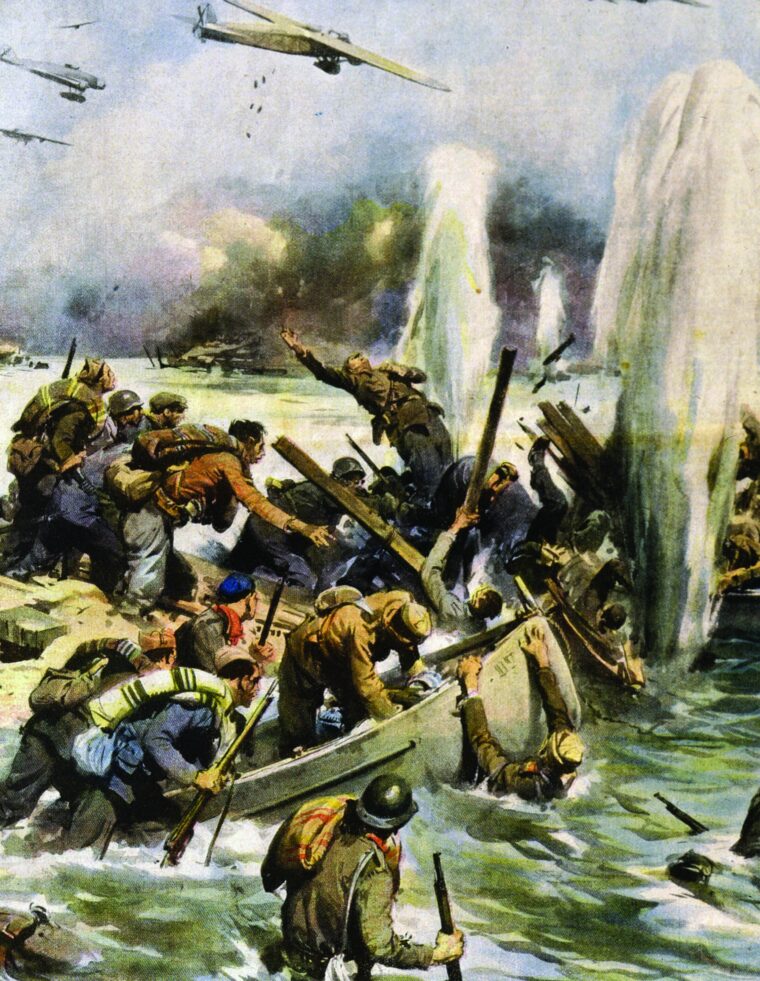
Instead of going home, the Mac Paps went back into line east of Corbera in the Sierra de Caballs on September 4. They were now commanded by Gunnar Ebb, after Smith was wounded on his way to the Mac Pap position on Hill 565. The Canadians forced a salient in the enemy line on the 10th before going back into reserve until the 22nd, when they returned to the same area. The previous day, Republican Prime Minister Juan Negrin had addressed the League of Nations and called for the withdrawal of the International Brigades from Spain “in order to eliminate all pretexts and possible doubts about the genuinely national character of the cause for which the Republican Army is fighting.” Brigade members heard the news the morning of the 22nd; they were told all they had to do was to survive one more day. For many, it would prove to be one day too many.
At 9 am, the Fascists launched an attack along the entire brigade front after a two-hour barrage. By the afternoon, the XI Brigade on the left had pulled back, and the British and Lincolns had abandoned their hills. The Mac Paps were the only unit to remain in position, and they were furiously attacked. Enemy soldiers swarmed over their trench lines and engaged them in savage hand-to-hand fighting. A second line of riflemen had been set up in the rear, and with the Mac Pap position being overrun fast, there was little to do except make a dash for safety.
Cane passed around his last cigarettes to his men before they all ran for safety with guns blazing. The second line managed to hold, some of the men even mounting a counterattack, but it was repeatedly bombed by three squadrons of enemy aircraft. During one strike, American Mac Pap Archie Kessner was killed. He had fought through the entire war and may well have been the last American killed in Spain. His final words were, “I was beginning to think they’d never get me.” The next morning, 35 Mac Paps marched down from the hills and out of the war for good.
Returning Home in Defeat
After a tremendous farewell parade in Barcelona on October 29, the Canadian volunteers faced a long journey home. Although the government viewed them with hostility, thousands of Canadians greeted them as heroes when they returned. On February 5, 1939, the largest group of them, 272 men led by Edward Smith, was greeted by 10,000 people in Toronto. After Smith addressed the crowd gathered at Union Station, Methodist social reformer Salem Bland spoke to the volunteers, saying, “Canada didn’t understand at first what you were doing, but understands now, and as time goes by, you will have more friends, more honor, because you have done one of the most gallant things in history.”
Of the 1,600 Canadians estimated to have volunteered for Spain, nearly half found their graves there. During the conflict, the Mackenzie-Papineau Battalion was recognized as one of the best-trained and hardest-fighting battalions in the five International Brigades. The heroism and fighting ability of the Mac Paps cannot be denied, regardless of one’s politics. History has vindicated them. The soldiers of the Mackenzie-Papineau Battalion who froze in the icy winds of Teruel, charged headlong onto the murderous plain before Fuentes de Ebro, lay beneath Fascist artillery barrages surrounded by the stench of death in the Mountains of the Moon, and counterattacked in the Caballs when they knew full well that the war would be over for them within hours, left behind a timeless legacy of valor and constancy. Better than most, they realized that the menacing specter of fascism had to be fought and stopped. Had the governments of the Western democracies seen the writing on the wall as clearly as the Mac Paps and the other Internationals did and dealt with Hitler and Mussolini in 1936, the catastrophe about to befall the world only months after the Spanish Republic went down to defeat in 1939 might have been averted, and millions of innocent lives might have been saved. Tragically, it was not to be.
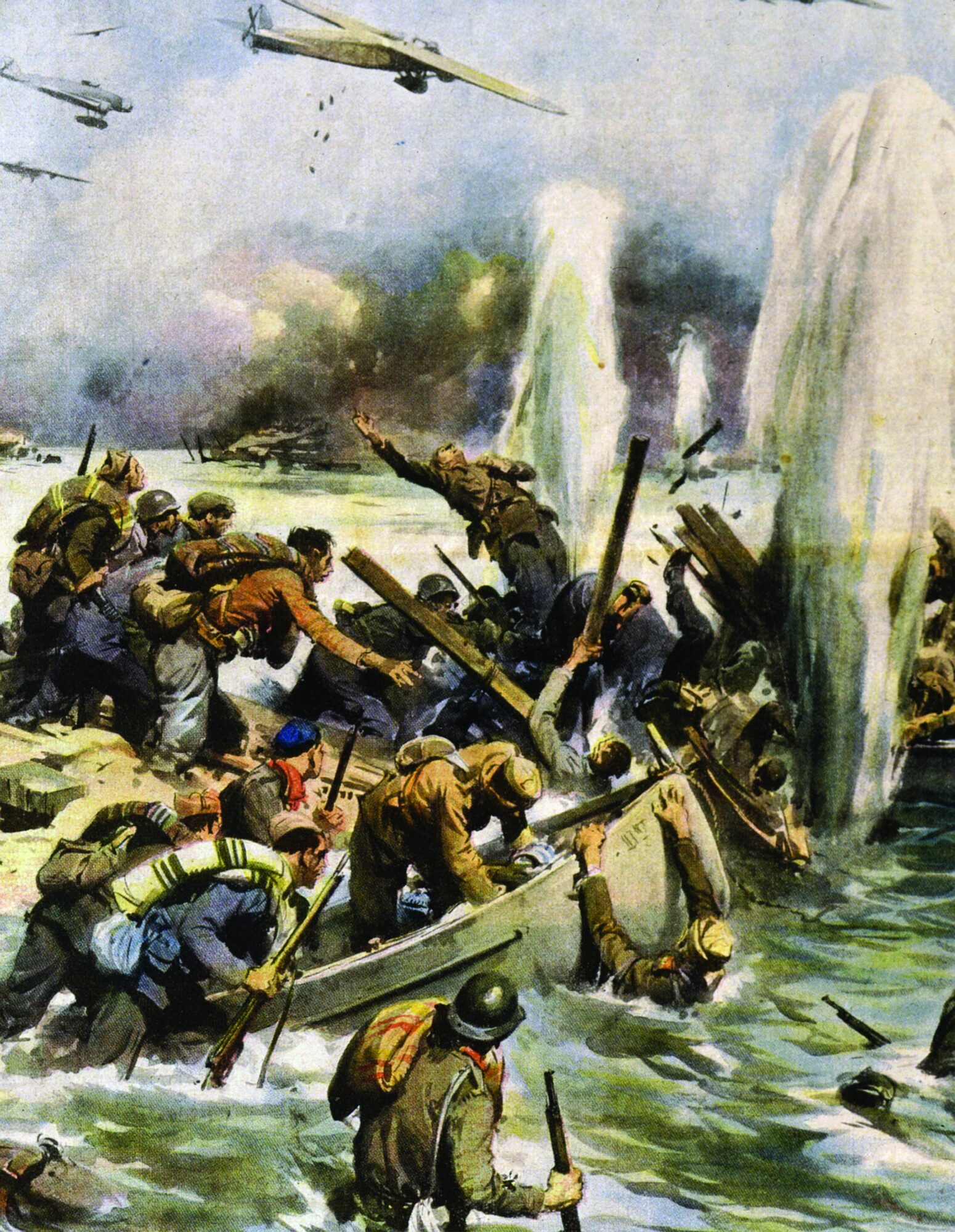
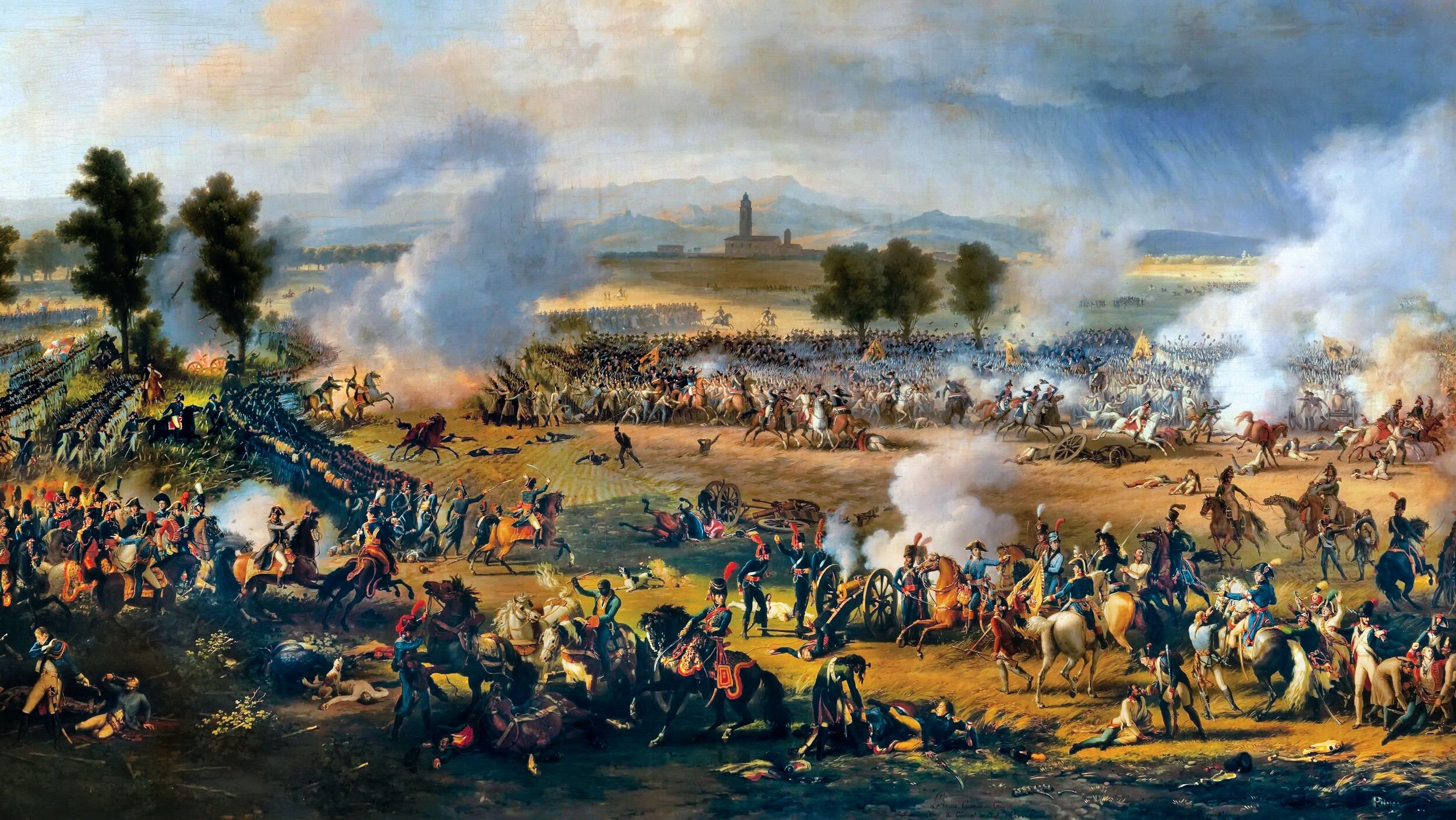
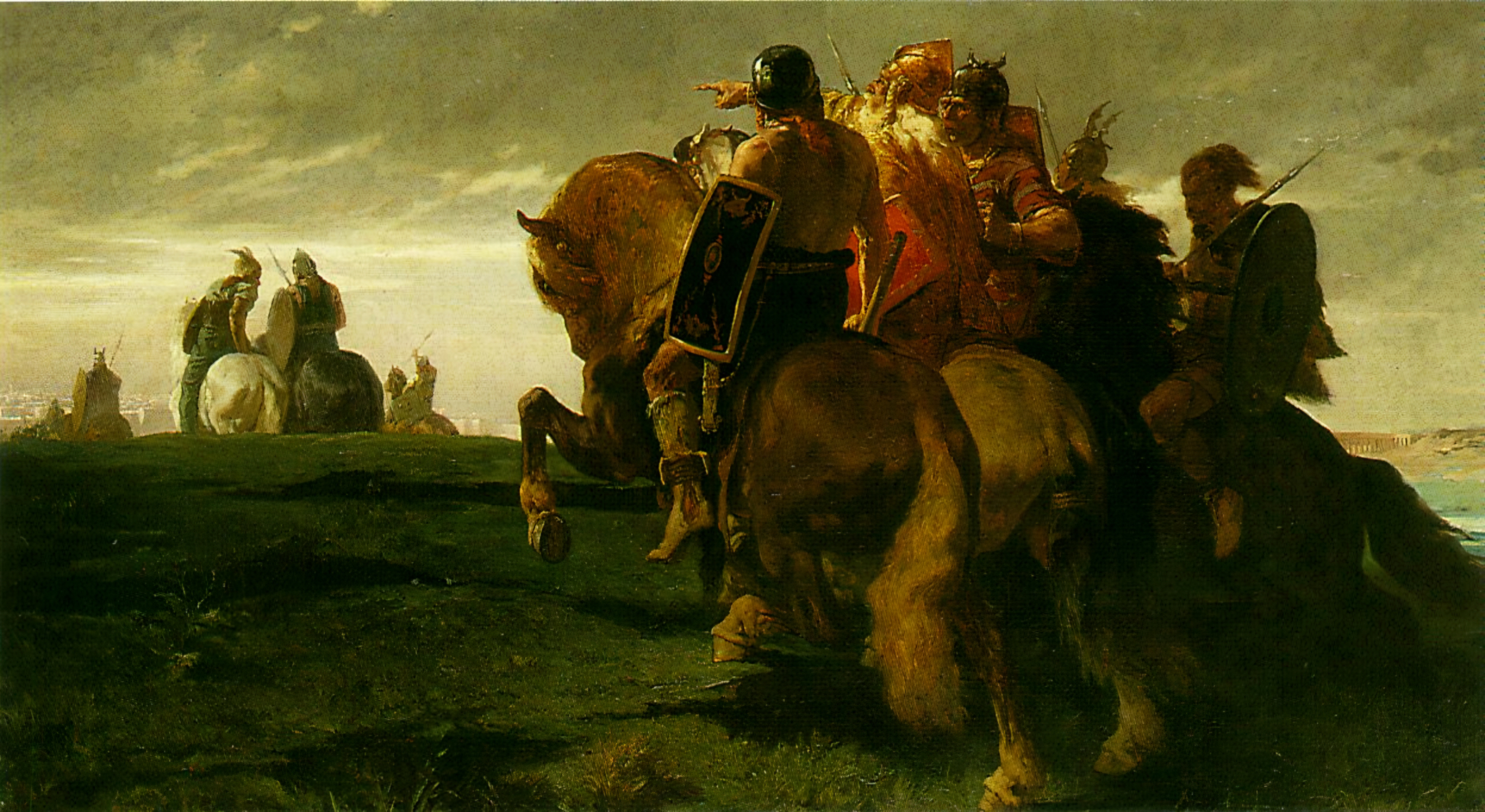
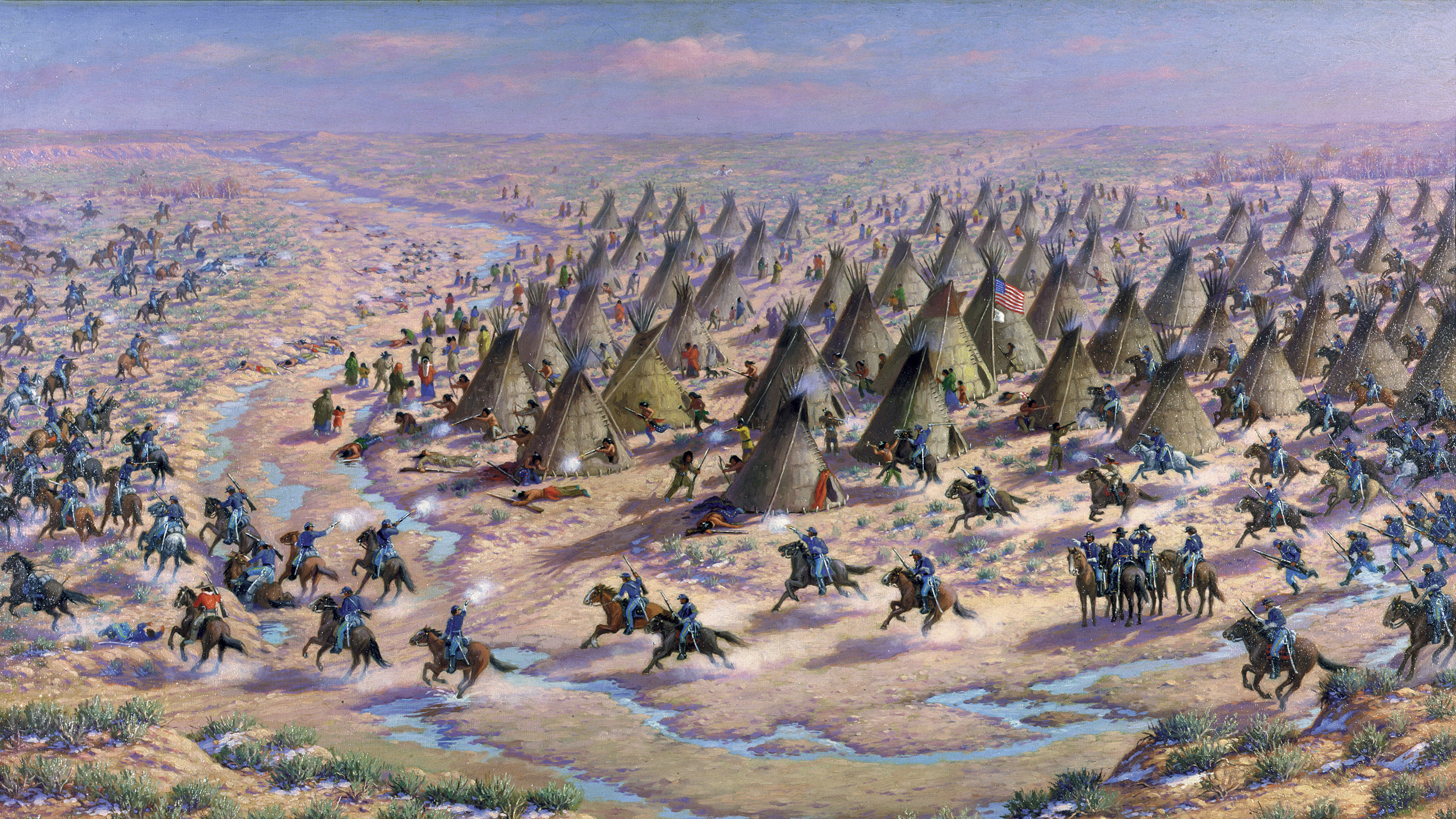
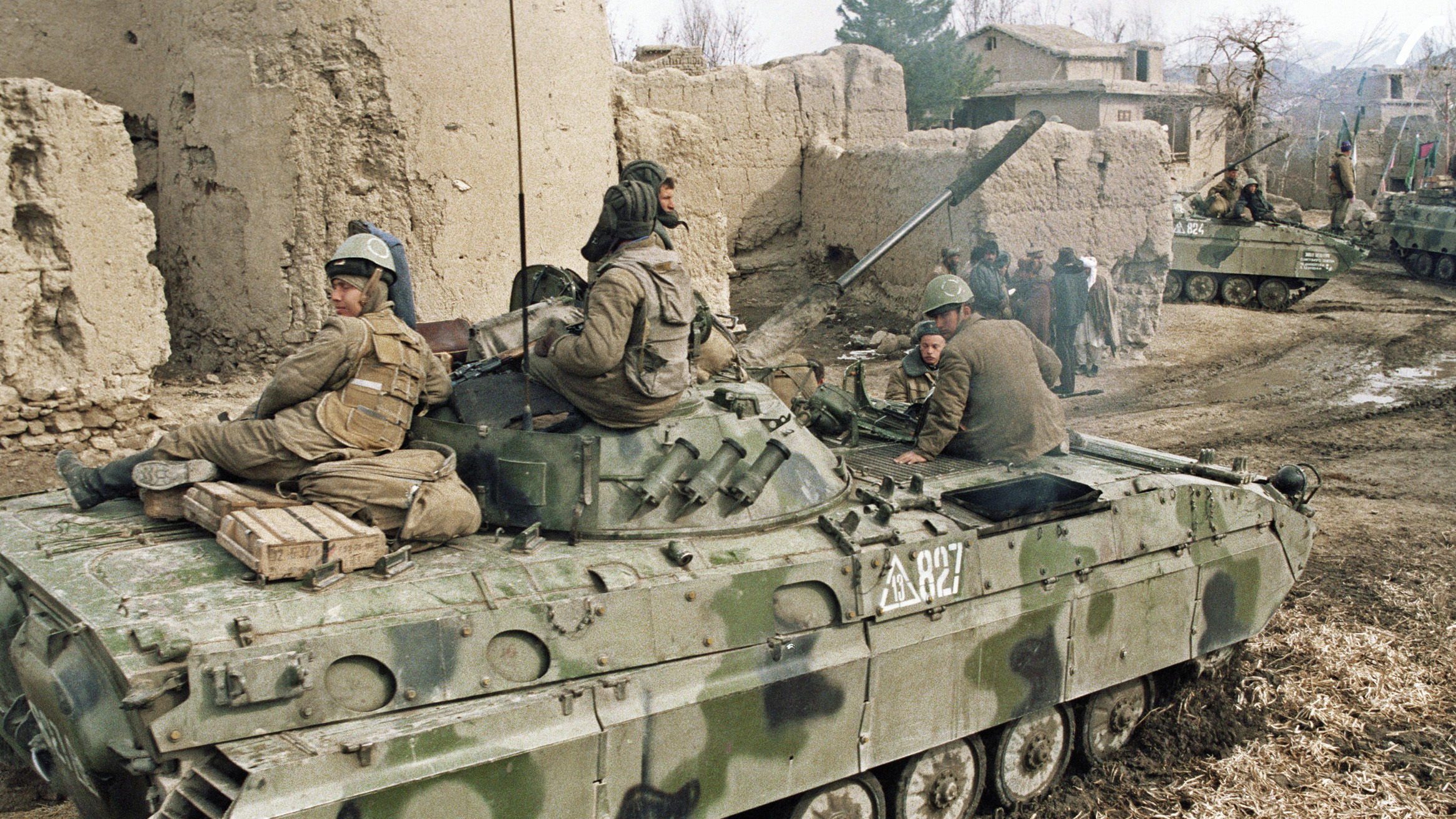
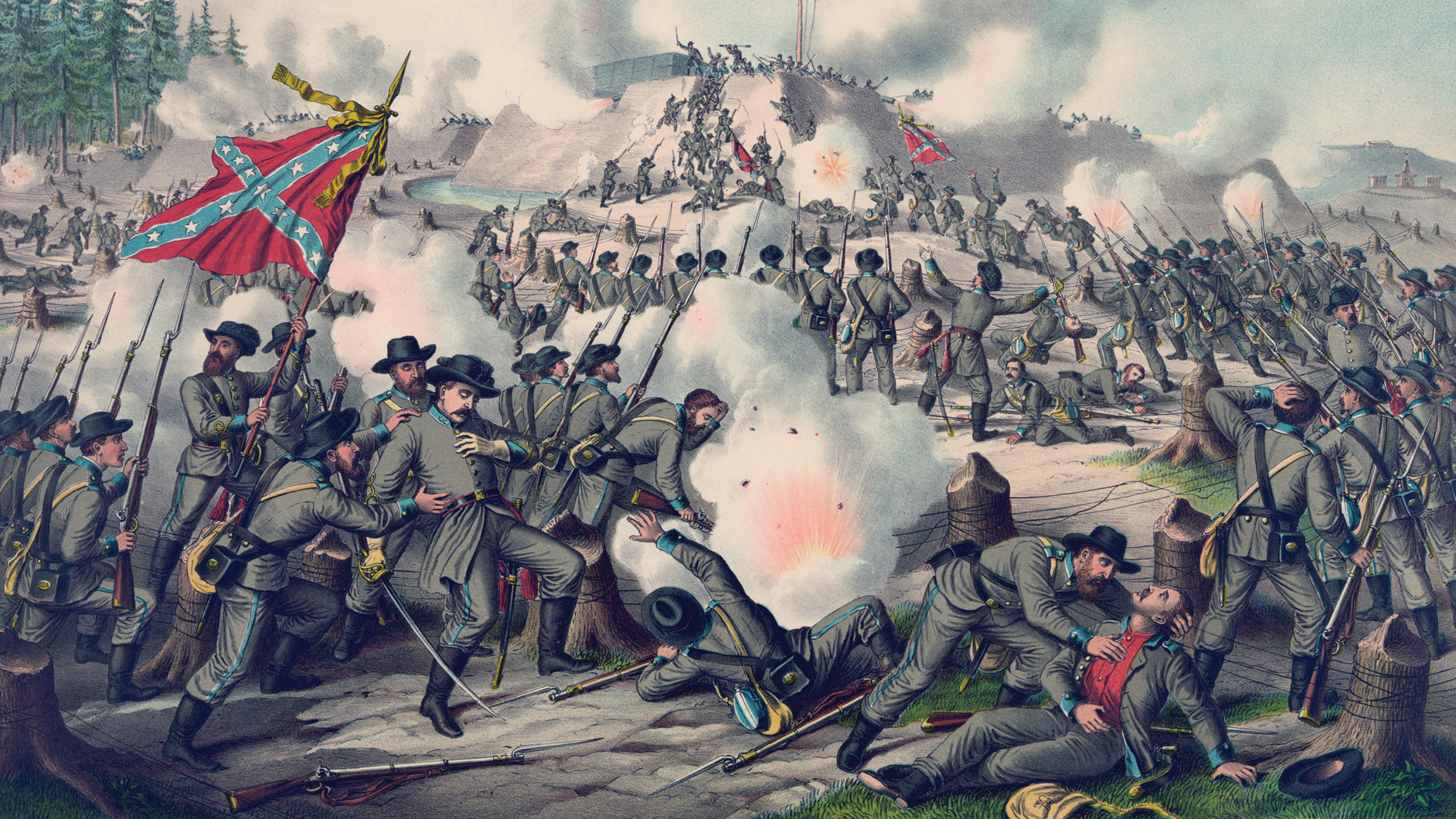
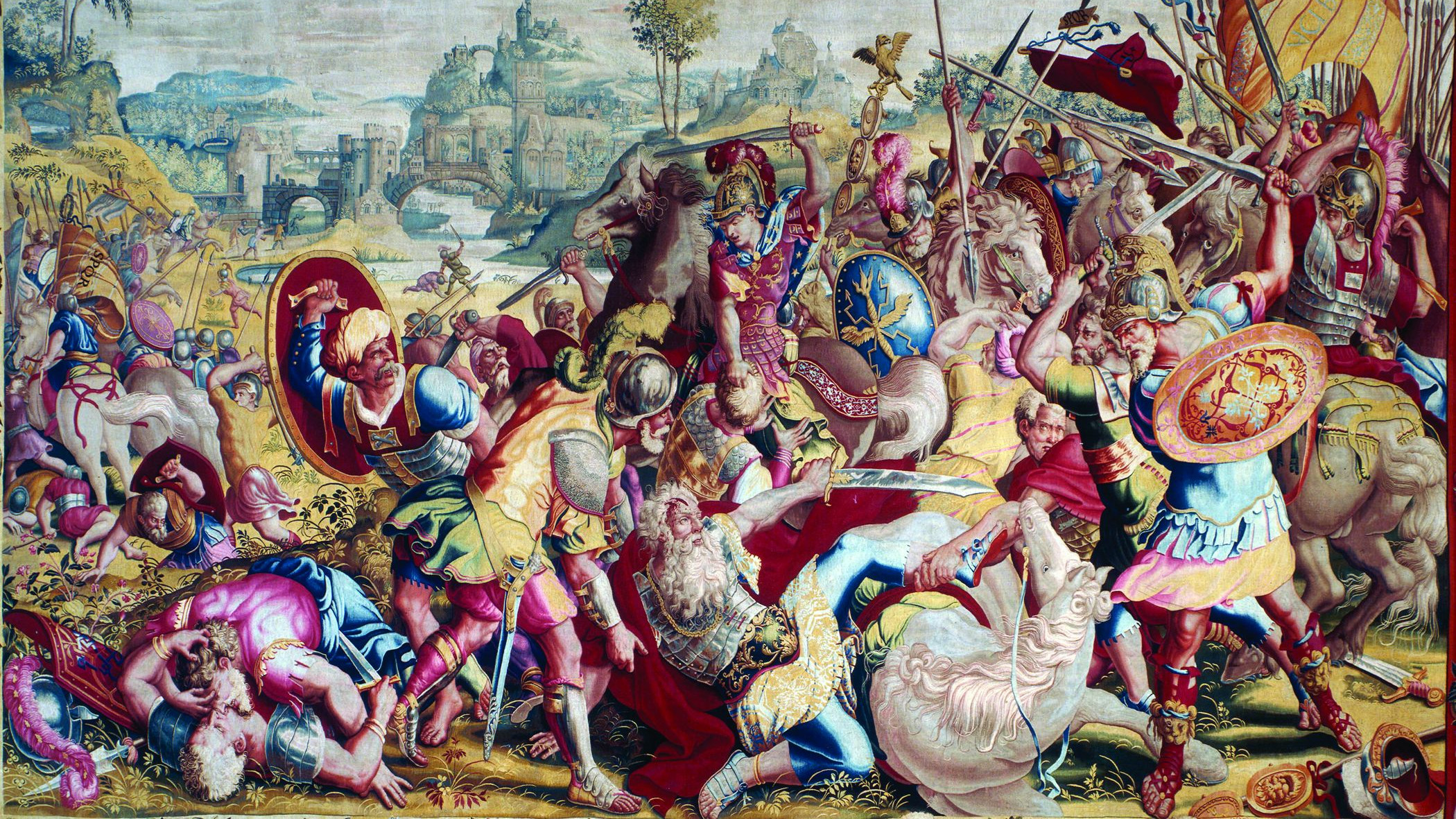
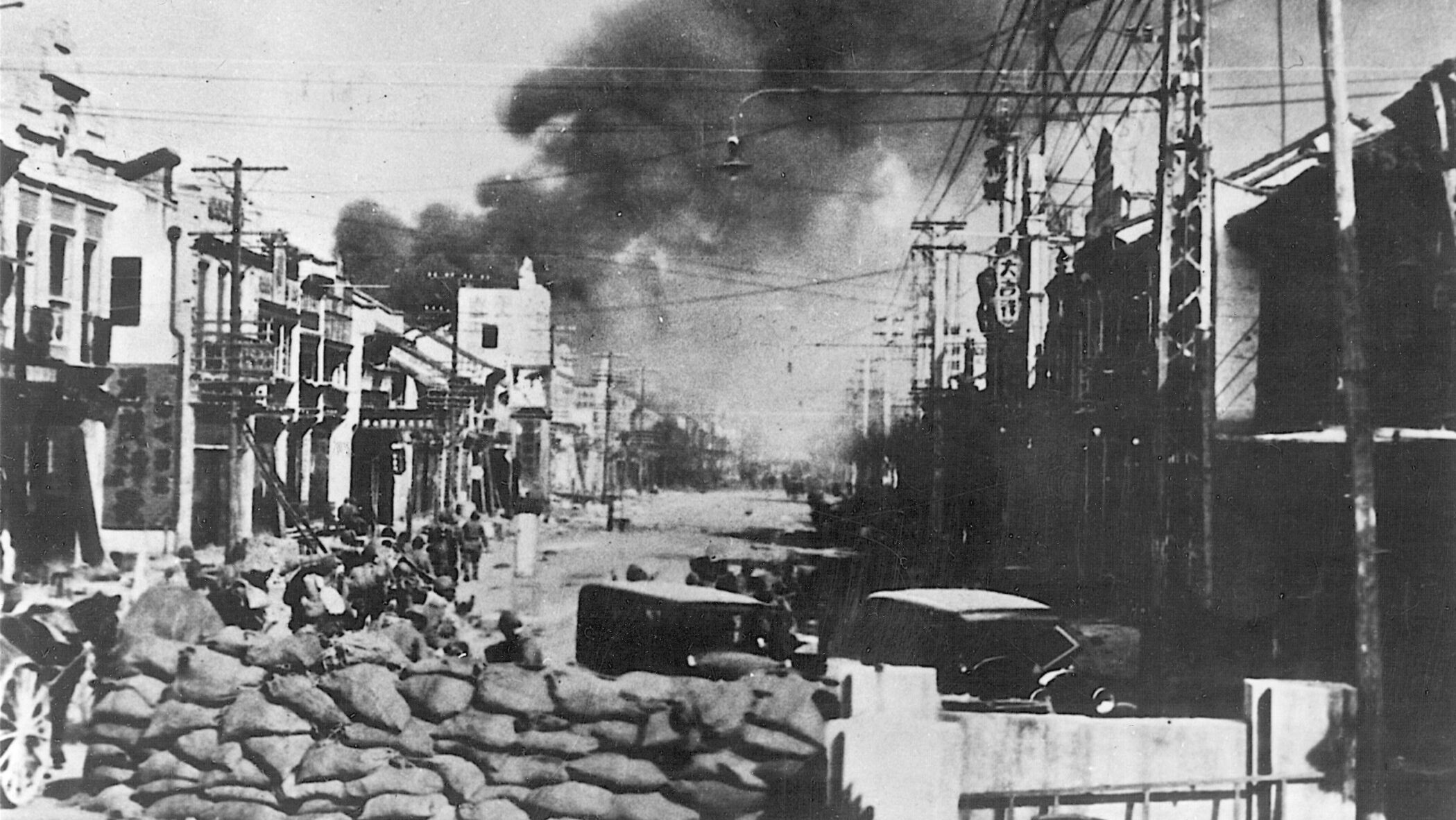
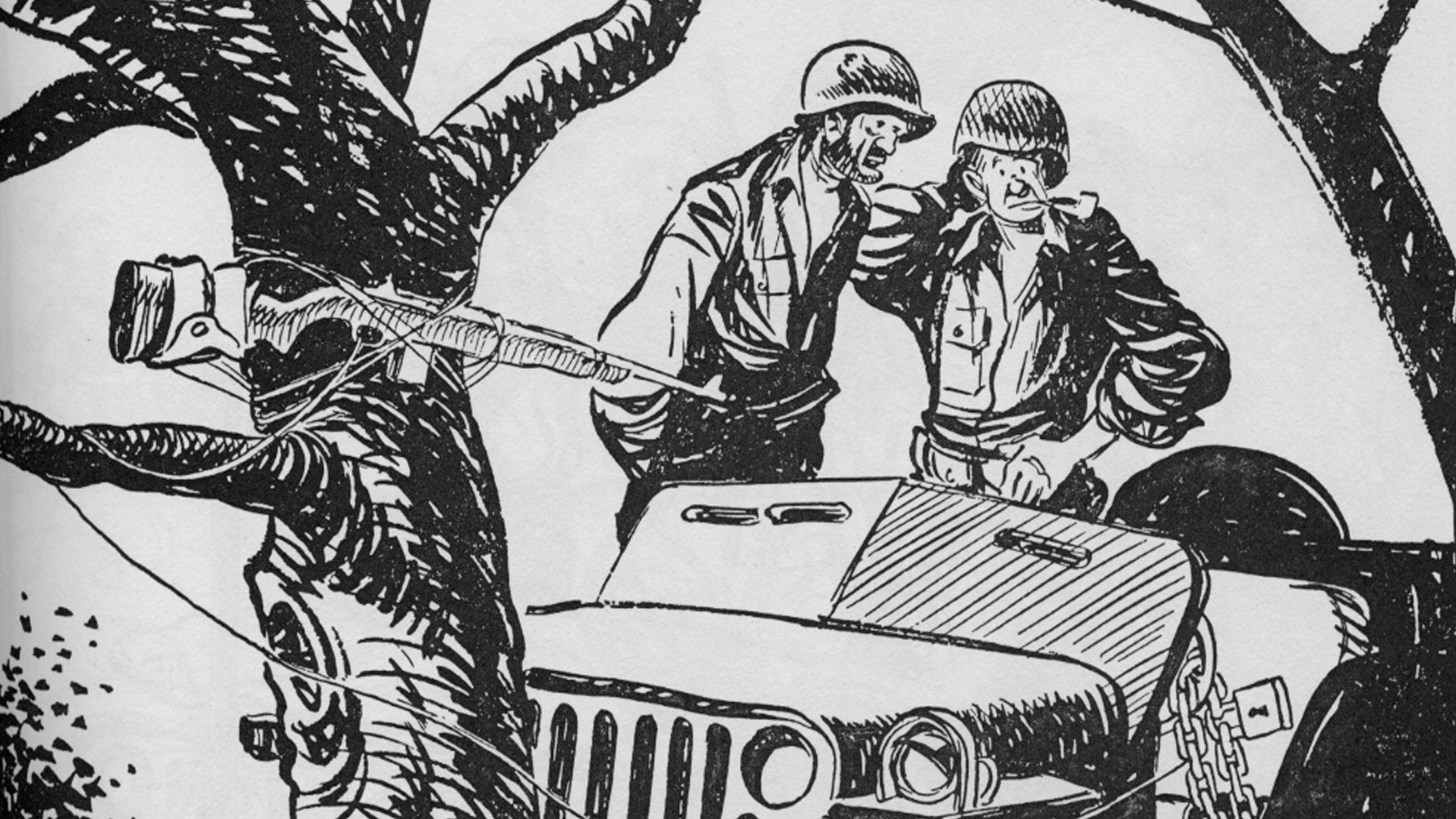
Join The Conversation
Comments